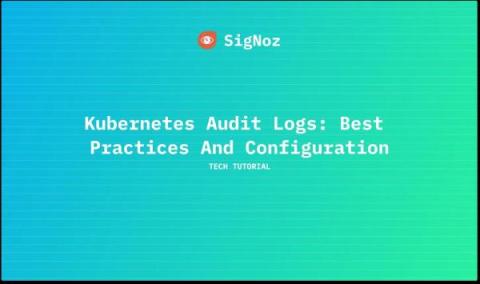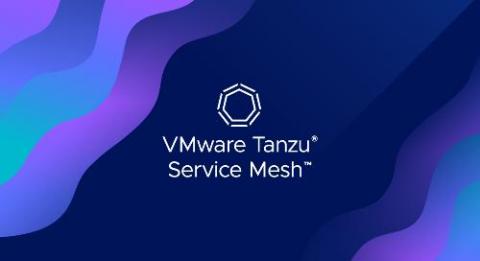Edge Computing Explained
Data is becoming increasingly essential to businesses globally, allowing for insights to be gathered around critical processes and operations. Over time, the traditional systems put in place to hold our data have become unsuitable for modern-day needs due to the continuous growth of data. Edge computing has emerged to reshape the current computing environment and allow data to be processed closer to where it’s being generated.











